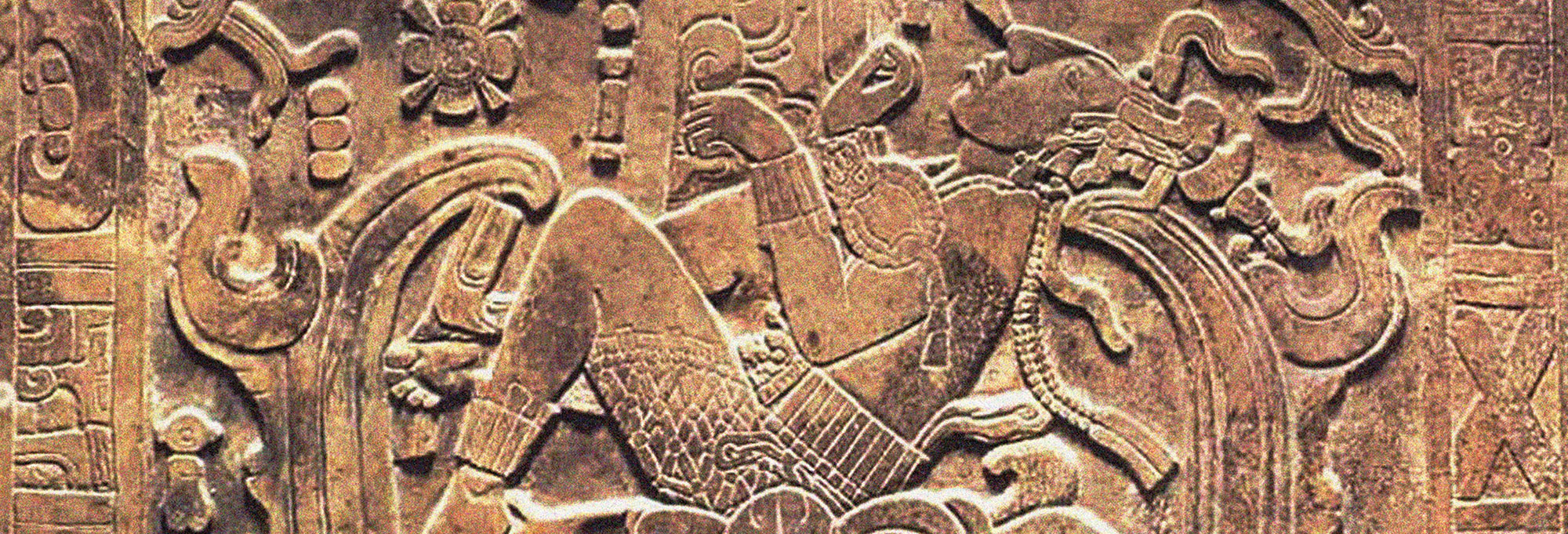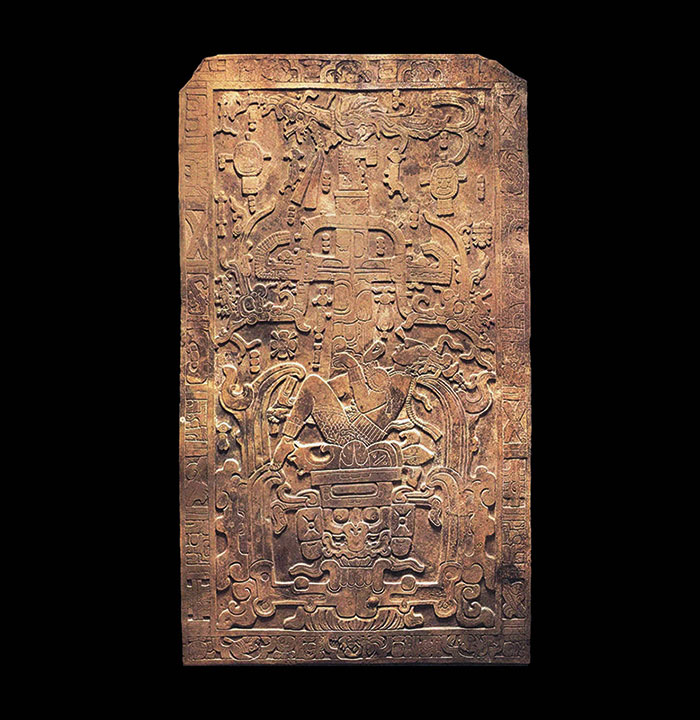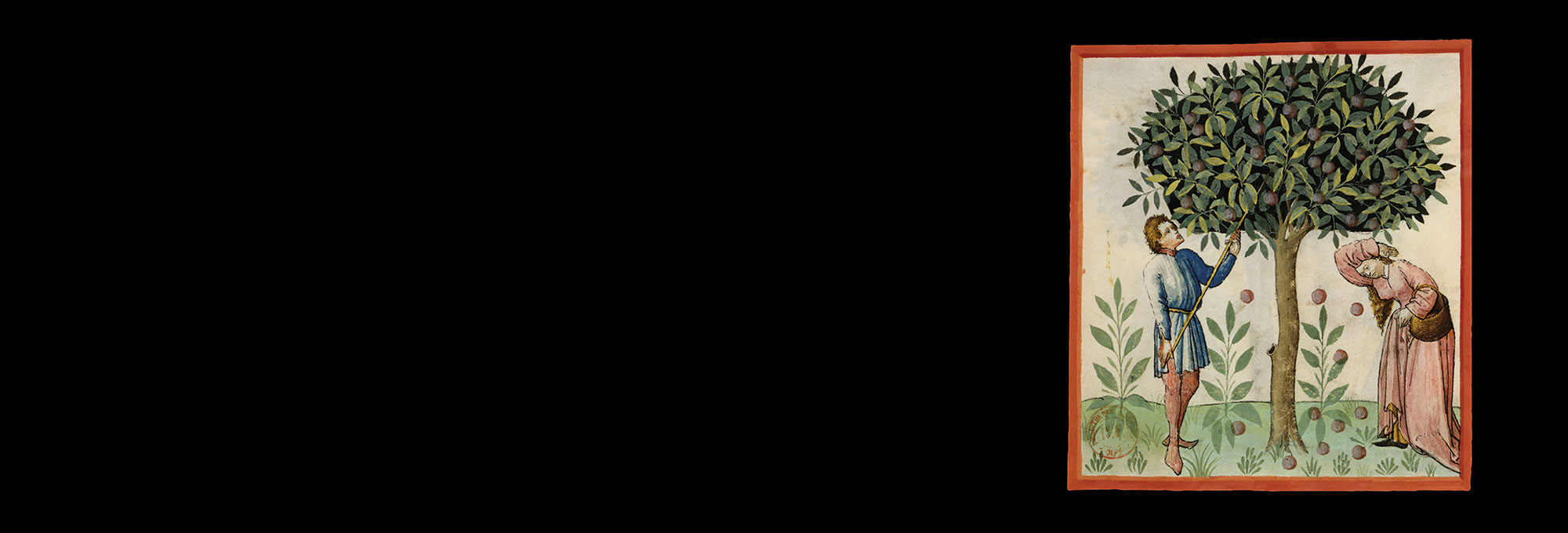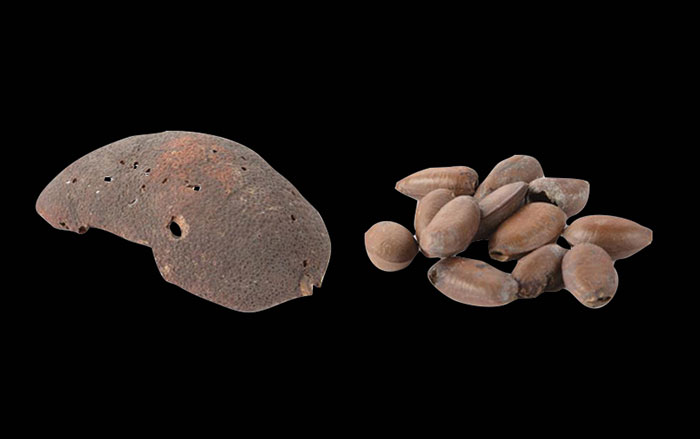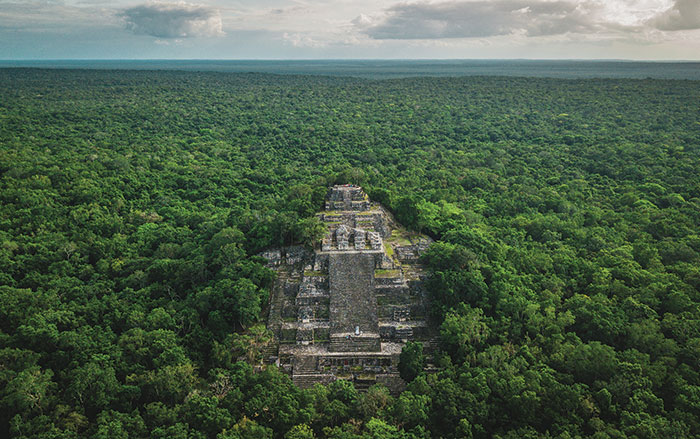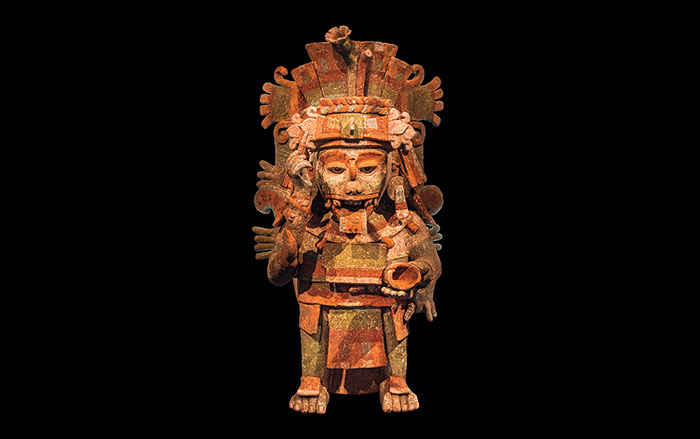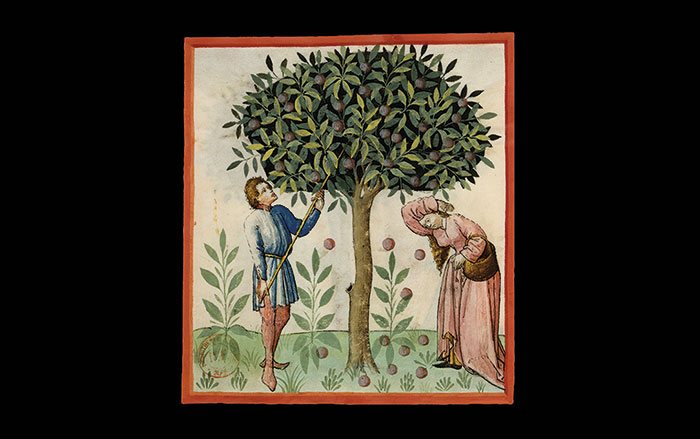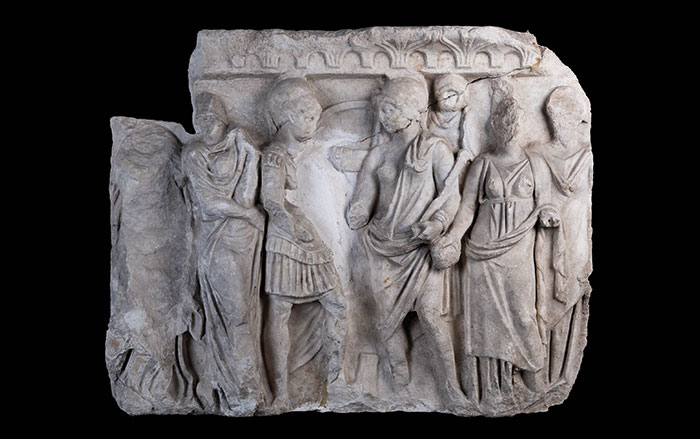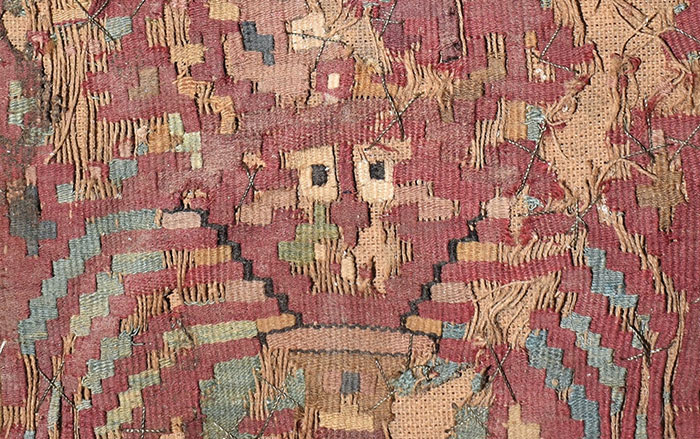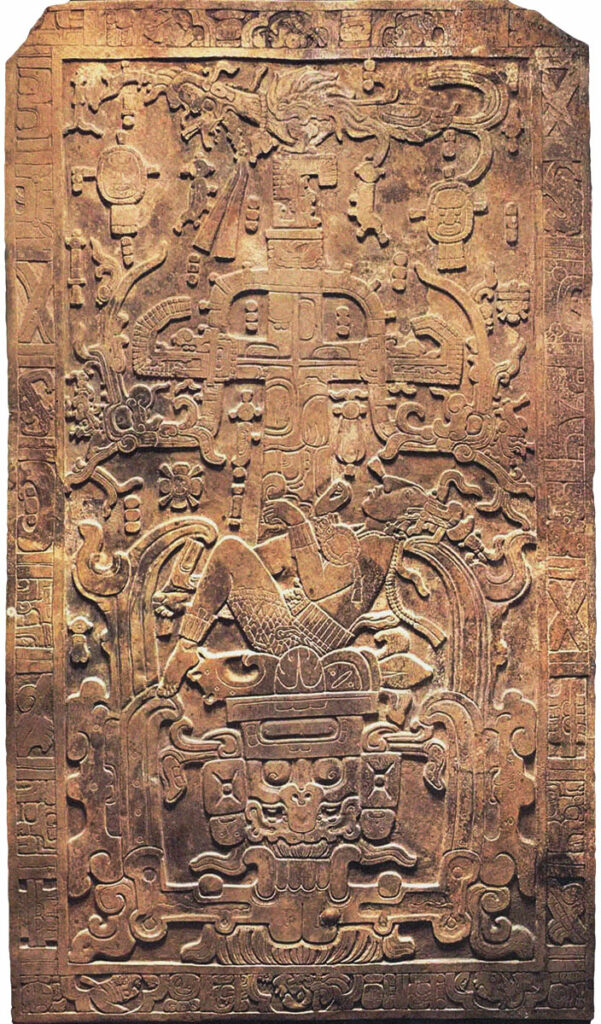
Avocados aren’t the most obvious fruit to inspire a devoted following. They resemble an odd-shaped egg with a reptile’s bumpy skin, their pale greenish flesh is slimy and is rarely cooked, and their giant seeds are mildly toxic and act as a laxative. In the modern world, these large berries are very expensive. Nevertheless, avocados, one of the earliest domesticated fruits in the Americas, have enjoyed cult status ever since Mesoamericans first cultivated them. “Avocados are a very charismatic fruit,” says anthropologist Jennifer Mathews of Trinity University.
For the Maya, avocados were both an essential source of nutrition and part of their belief system—the fourteenth month of the Maya calendar is represented by the glyph for avocado. The high regard in which the Maya held avocados is also evident on the sarcophagus of one of their greatest rulers, K’inich Janaab’ Pakal, king of the city-state of Palenque in southern Mexico for most of the seventh century a.d. The carved lid of Pakal’s enormous sarcophagus shows his rebirth as the eastern sun, and the sides depict 10 of his predecessors in front of fruit trees. Two of these rulers, K’an Joy Kitam I (reigned a.d. 529–565) and Yohl Ik’nal, the first Maya queen (reigned a.d. 583–604), stand before avocado trees.
The avocado’s status wasn’t limited to mighty Palenque or to Maya religion. Glyphs on monuments in the city of Pusilha in southern Belize identify it as the Kingdom of Avocados and its rulers as the Lords of Avocados. “I think it’s a way people showed the power that comes with control of a desirable commodity and the privilege of caring for trees that have deep roots in their ancestral heritage,” says Mathews. “As subjects walked through their own gardens, where avocado trees would have been growing, it would have been like walking through their city’s history.”


